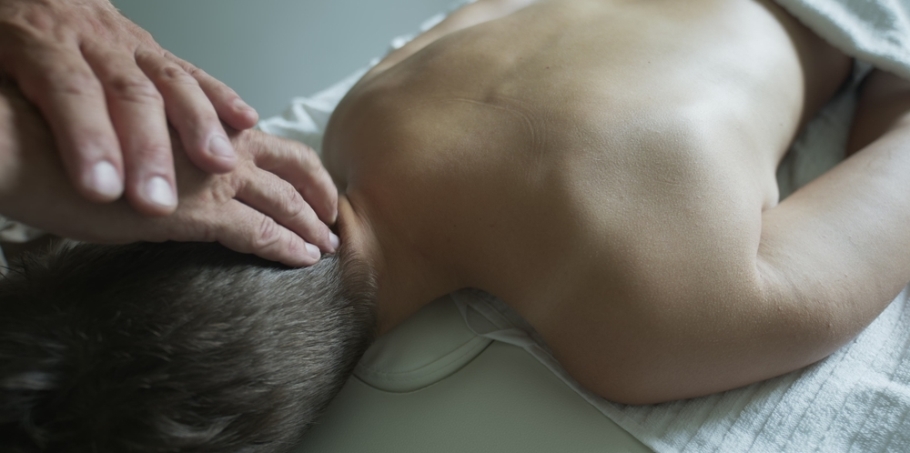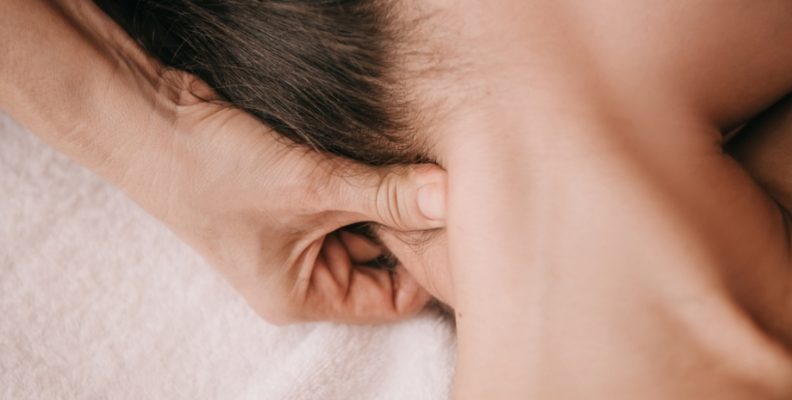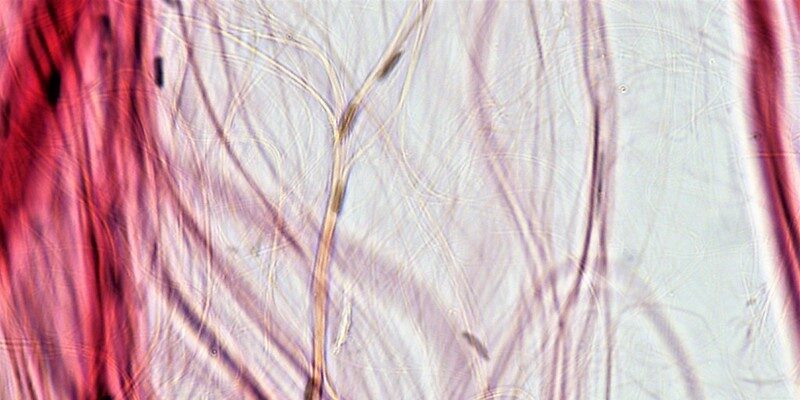
Postural Integration® is a type of holistic bodywork created by Jack Painter (1933 – 2010) in the 1960s. It’s usually practiced by professional health practitioners working with both bodywork and Body-Oriented Psychotherapy.

The treatment is positioned as transformative work that supports individuals by softening and reorganizing connective tissue (fascia) that envelops the muscular system. The goal is to release chronic muscular tension and normalize breathing patterns and internal energy flow, while helping to De-Armor the body, emotions, and trauma.
In addition, Postural Integration aims at helping people to reconnect their body-mind experience and better master their body, movements, feelings, emotions and thoughts.
In fact, the treatment is based on the insights obtained by pioneers such as Georg Groddeck and Wilhelm Reich who claimed that emotional and trauma release can be obtained through massage, bodywork, breathwork, roleplay, and other somatic practices. The hands-on deep tissue work with the fascia is borrowed from Ida Rolf’s Structural Integration.

Apart from Reichian Therapy and Structural Integration, other influences and techniques are obtained from Gestalt Therapy, Bioenergetics, Psychodrama, the Five Element Theory, TCM Energy Meridians, acupressure, mindfulness, Yoga, and Zazen.
A Postural Integration treatment is typically carried out through a set of twelve sessions, of which seven sessions are primarily based on Reich’s Segmental De-Armoring, Connective Tissue Release, Breathwork, Gestalt Therapy, and Energy Work.
The rest of the sessions within a therapeutic sequence mostly include integration aspects, that is, the digestion of the new insights and sensations obtained during the previous sessions and giving it a place in one’s life.















